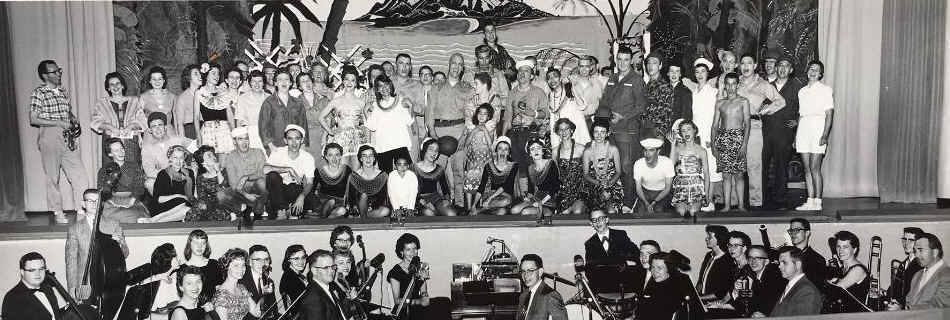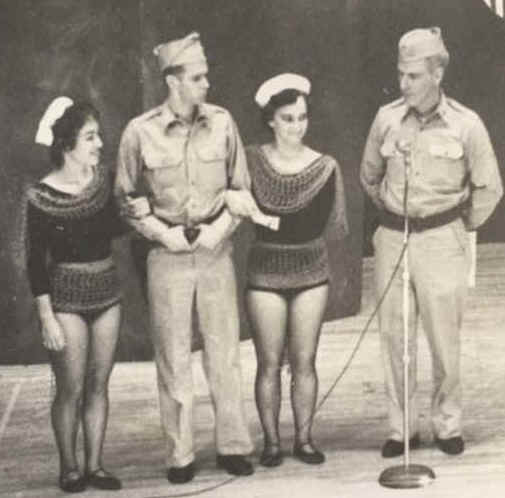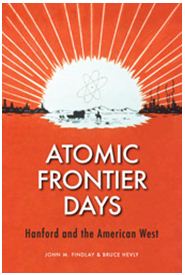 |
HANFORD HISTORY
After Bruce Hevly had agreed to accept a faculty position in the
UWs Department of History in 1989, his new colleague John Findlay
wrote to him and asked if he'd like to collaborate on a history
project on Hanford. Hevly said yes, and now the two have written a
book, Atomic Frontier Days: Hanford and the American West, just
published by University of Washington Press.
The book didn't take 22 years to
write; there were several steps and shorter publications along the
road before the two began it. But they did sift through massive
amounts of material in order to distill the story down to 271
pages (excluding appendices and notes).
|
Hanford is, of course, the Central
Washington facility built by the federal government during World War II to
manufacture plutonium for nuclear weapons. Plutonium for the bomb that was
dropped on Nagasaki came from Hanford. After the war the site was retained
as the Cold War raged and the country wanted to keep nuclear weapons in
its arsenal. During that period, a massive amount of waste from the
manufacture piled up so that by the 1990s, Hevly and Findlay write, the
sites mission was “cleaning up and managing the wastes produced during
World War II and the Cold War.” Hanford is, by some accounts, the most
polluted place in the United States.
Not surprisingly, this isn't the first
account of Hanford's history. In fact, Findlay and Hevly wrote a narrative
history of Hanford under a grant from the Department of Energy. The grant
enabled them to travel to archives all over the country that held material
on the facility and to write a “pretty substantial narrative history,”
Hevly said. That history was used by the department as part of an
assessment of the historical significance of the structures on the site.
But there have also been other books on the subject published, many of
which have an axe to grind.
|

In 1950, President Harry Truman, visited Hanford
along with then Sen. Warren Magnuson. Author's collection.
|
“There have been histories of Hanford
that have been triumphalist,” Findlay said. “They say, ‘We made the
bomb, it was dropped, we won the war and we armed for the Cold War. Then
there are accounts that are accusatory. Hanford caused this problem, it
caused that problem. I think we see ours as an attempt to get past those
polarized accounts.”
Instead, the two adopt what they call in
the book a “middle way.” The books chapters take up different themes:
Chapter one focuses on Hanford as an enclave of the federal government,
chapter two on the communities around Hanford, chapter three on politics
and chapter four on the economy and the environment.
In all of these, Findlay and Hevly attempt
to place Hanford in the context of its time and place. For example, some
accounts have said that the federal government forced the Hanford facility
on the state and the state suffered as a result. Findlay said that's too
simplistic.
“While its largely true the government
did foist Hanford on Washington, people here used political means to shape
the resource so that they got some things they wanted from it as well,”
he said. “After the war, state interests were able to get the federal
government to invest more in Hanford than it otherwise would have done.”
Findlay and Hevly bring particular
interests to their work on Hanford. Hevly is a historian of science and
technology, and found it fascinating the way the engineers and technicians
at Hanford were able to adapt the technology for their needs.
“Hanford wasnt encouraged to develop new
reactor designs,” Hevly said. “What they did was to keep a kind of
idiosyncratic reactor design that was first built during the war operating
at a very high level of output for decades by this sort of great
technological creativity. The federal government hoped to shut down
Hanford fairly quickly after World War II because the site was too close
to the Soviet Union and impossible to defend, but whenever national
circumstances created a demand for more plutonium, Hanford was able to
deliver it, so the site went on and on and on almost despite the federal
government.”

Workers lay blocks of graphite for the C
reactor at Hanford in 1952. All the reactors there were made of
water-cooled graphite. Pipes seen in the walls carry the water. U.S.
Department of Energy
Findlay works in the area of urban history
and was very interested in the communities around Hanford, especially the
Tri-Cities. In the ‘50s, he said, local business interests began to
emerge fighting for diversification in industries there.
“The government warned people in
Washington that too much farming right next to Hanford isnt a good
idea,” Findlay said. “But people in the state pressed and pressed and
pressed and got the federal government to back off and yield the claims to
some of the land that was a buffer zone around Hanford.”
Meanwhile, they maneuvered to keep the
spigot of federal money flowing to the Tri-Cities, recruiting Henry
Jackson to their cause even before he ran his first statewide race for
senator in 1952.
These days, many people are suspicious of
nuclear power, but for many years, Findlay and Hevly say, local boosters
touted nuclear plants as a way to build up the “underdeveloped” West.
In fact, among the two historians first forays into research on Hanford
was a conference they helped plan called “The Atomic West,” which
produced a book of essays with the same title.
“In certain decades people — governors,
politicians — were even arguing for the importation of nuclear waste to
the state because it was seen as an economic opportunity and part of the
expertise here,” Findlay said.
So Hanford is not a case of the evil
government vs. powerless individuals.
And Hevly said he and Findlay “wound up
reacting against the idea that historians can serve as judges, that we can
resolve all the issues about the past, that we can decide who was right
and who was wrong, and who was noble and who was base.”
Findlay added, “No matter how right we
are in what we say, people have already staked out opinions about Hanford
and Im not sure what we say will change those opinions.”
Nonetheless, the two believe the subject is
still a vital one.
“Its not as if Hanford is ever going to
go away,” Hevly said. “Even if the feds decide to bury everything and
cover it with dirt and plant sagebrush over it and walk away from it, it
will still be there because there will still be all kinds of stuff
underground.
“One of my students whose done work on
Hanford himself reminded me that at the end of the regulatory process the
federal government will declare that they've cleaned up Hanford and
they're done. The state will be responsible from that time forward. So in
the end it will come back to be a regional issue.”
|
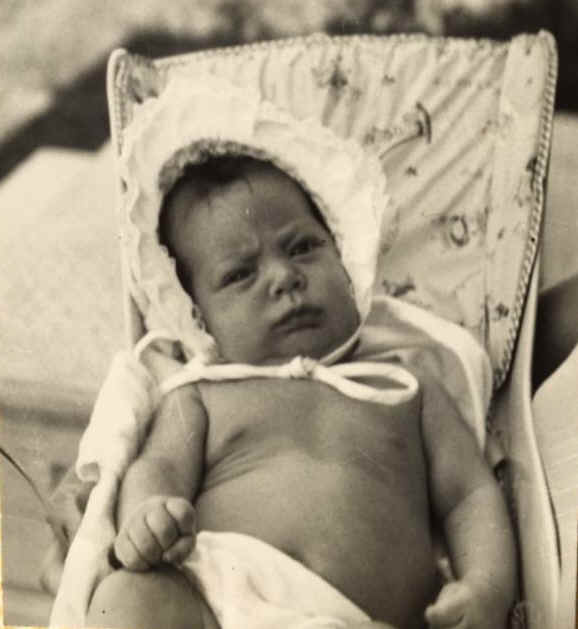
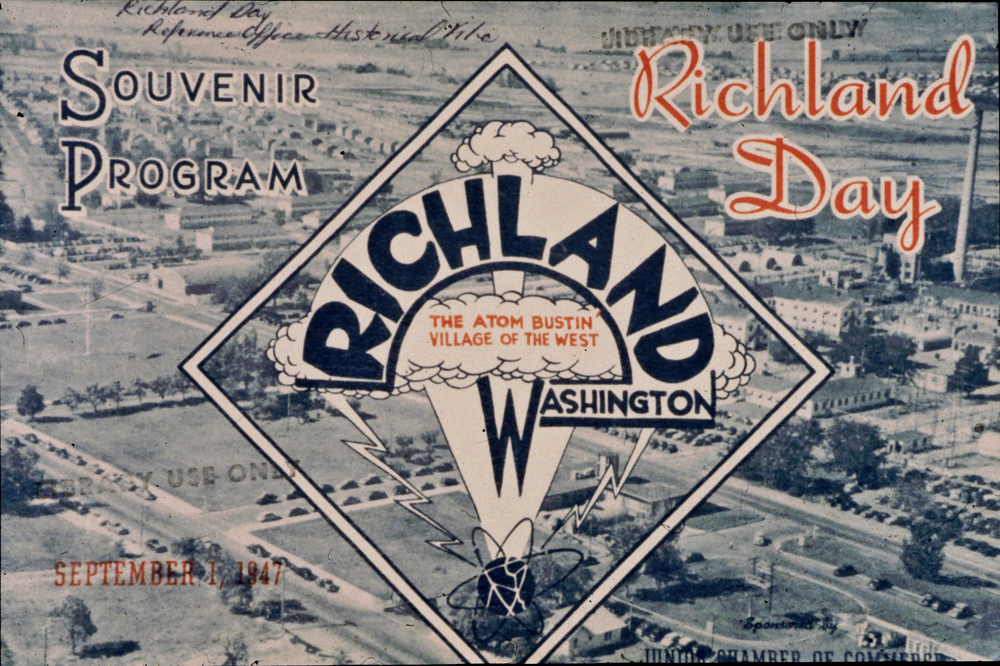



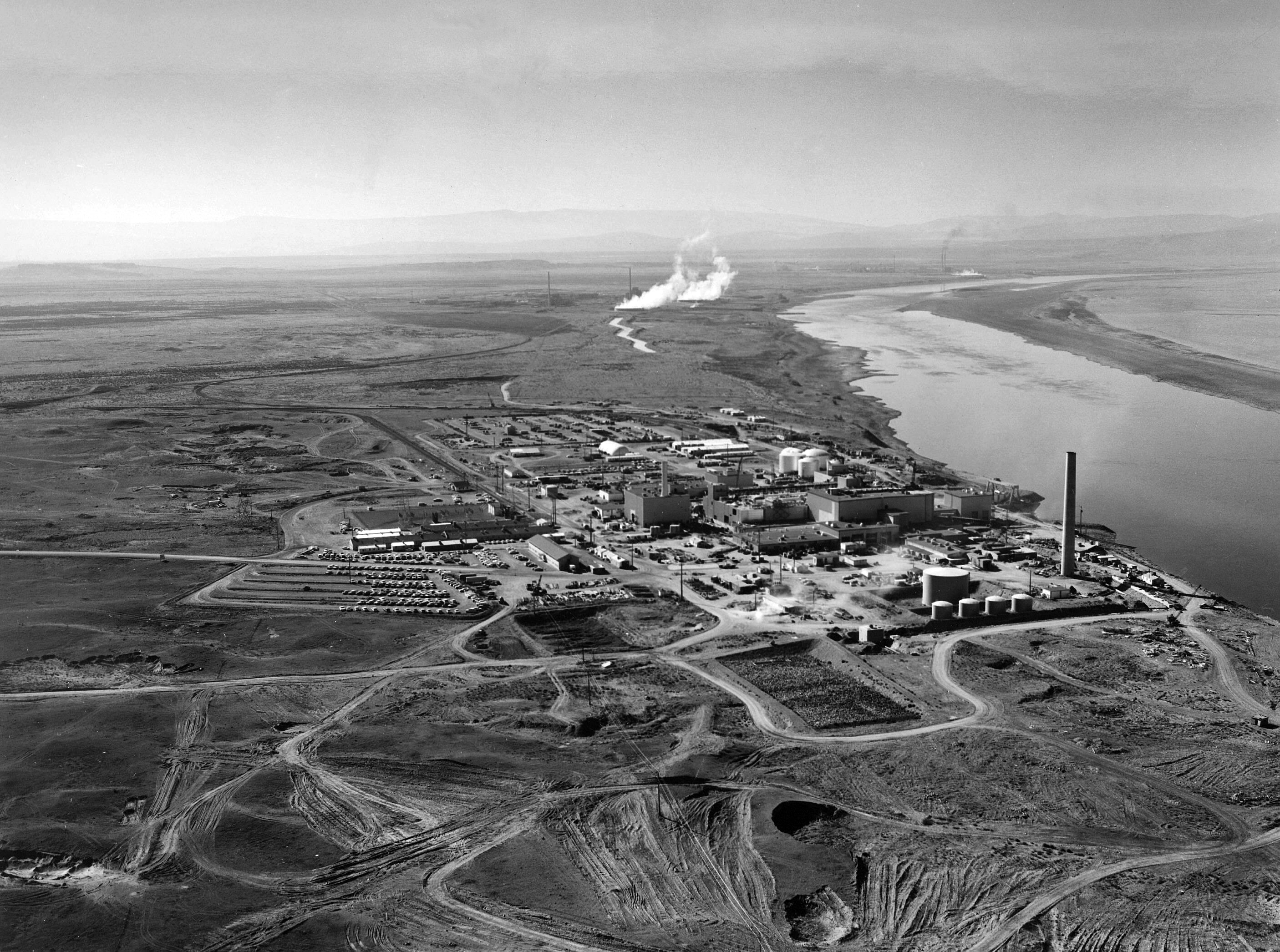


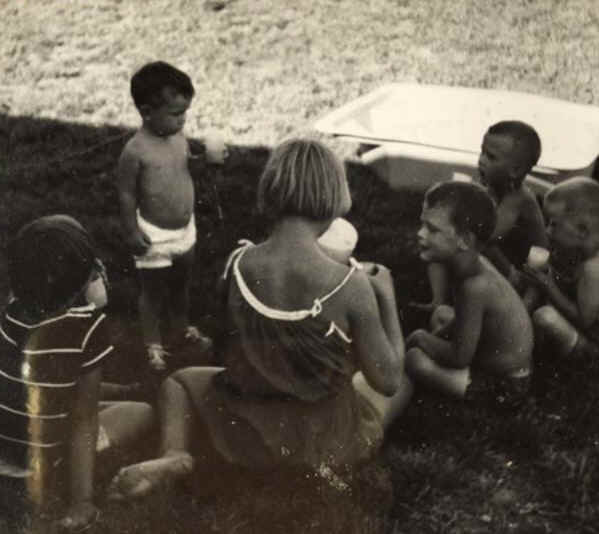
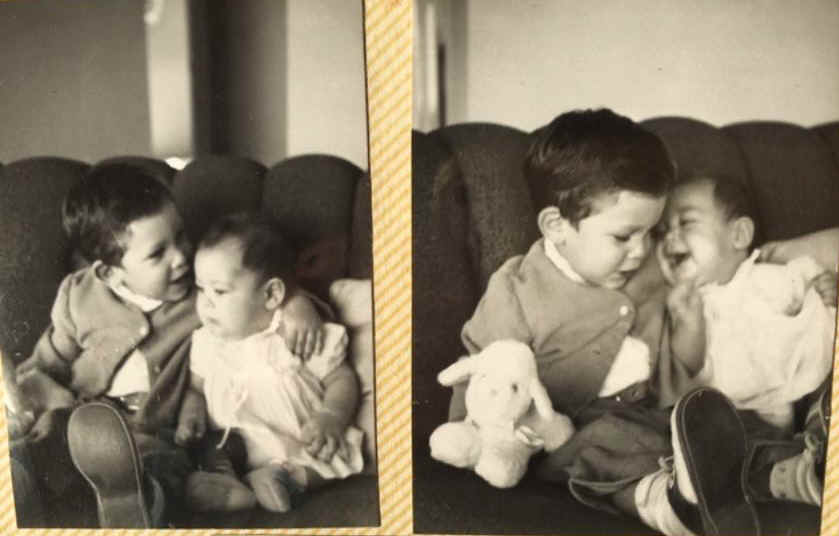


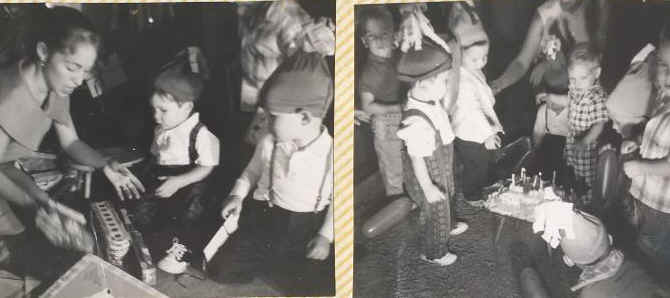
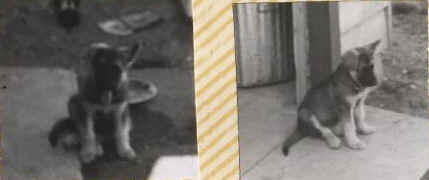
.jpg)
.jpg)
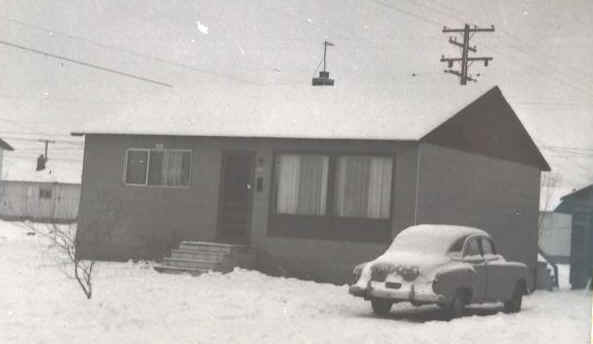
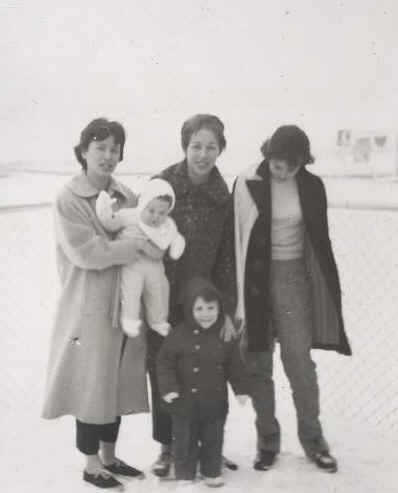
 For
Christmas, Mom flew two of my first cousins, teenagers,
to visit during their Christmas vacation, Dena Chapa Rupert,
holding Tawn and Laura Schultz Rettig.
For
Christmas, Mom flew two of my first cousins, teenagers,
to visit during their Christmas vacation, Dena Chapa Rupert,
holding Tawn and Laura Schultz Rettig. 
